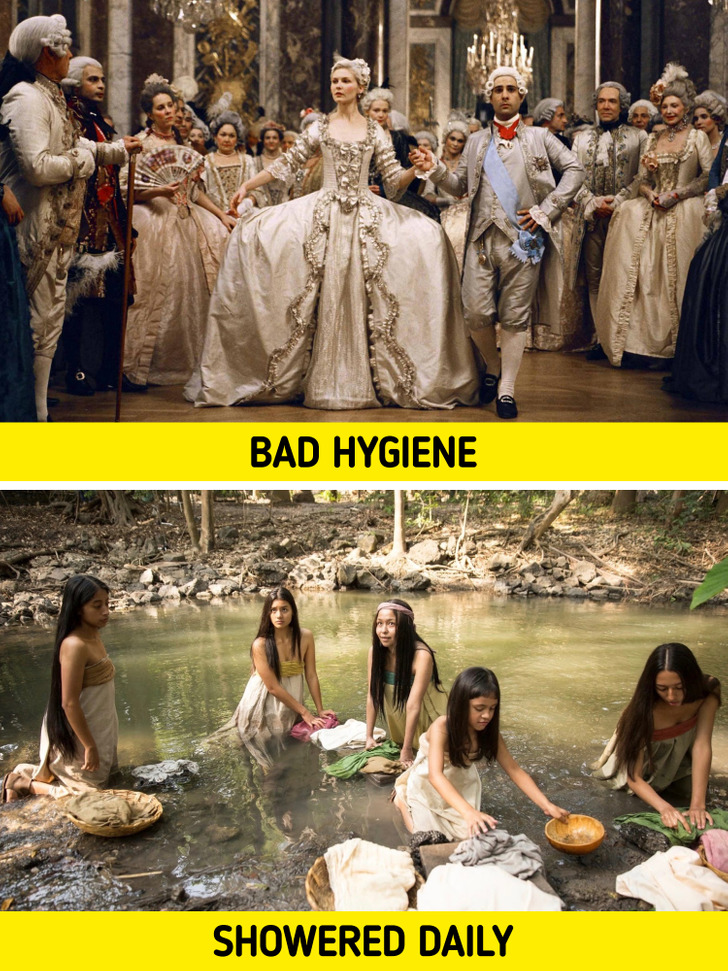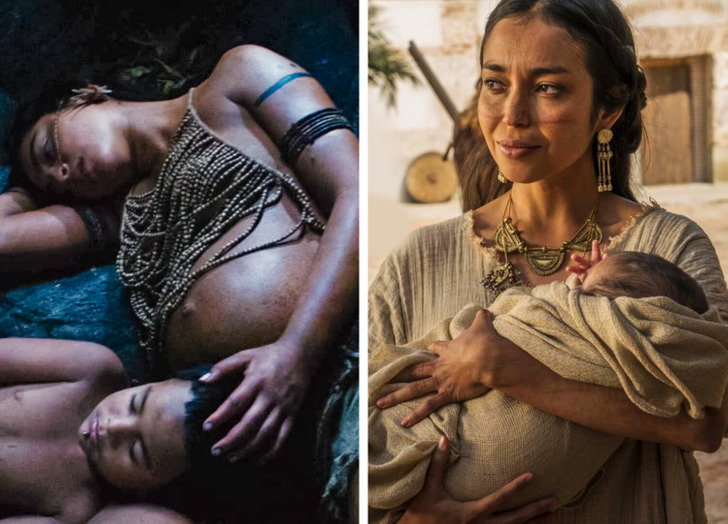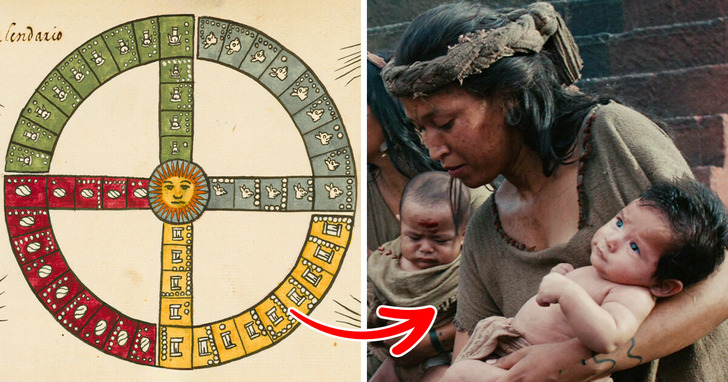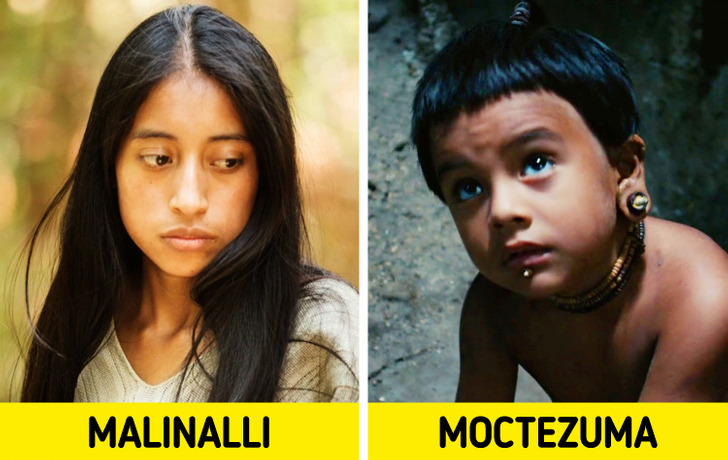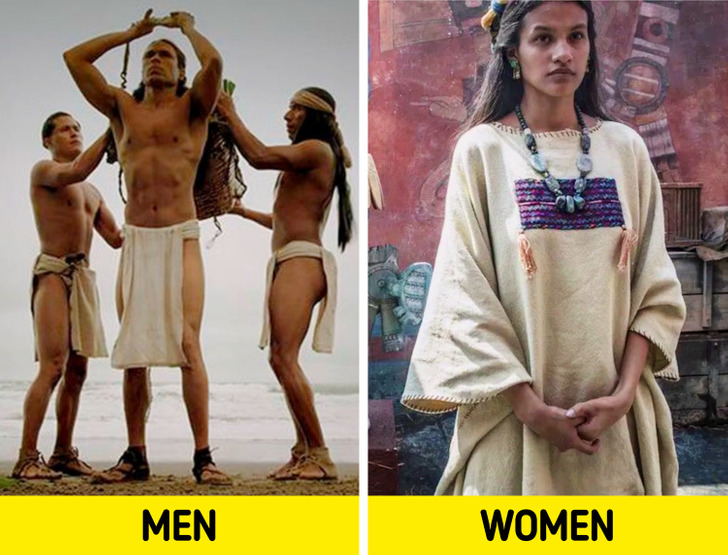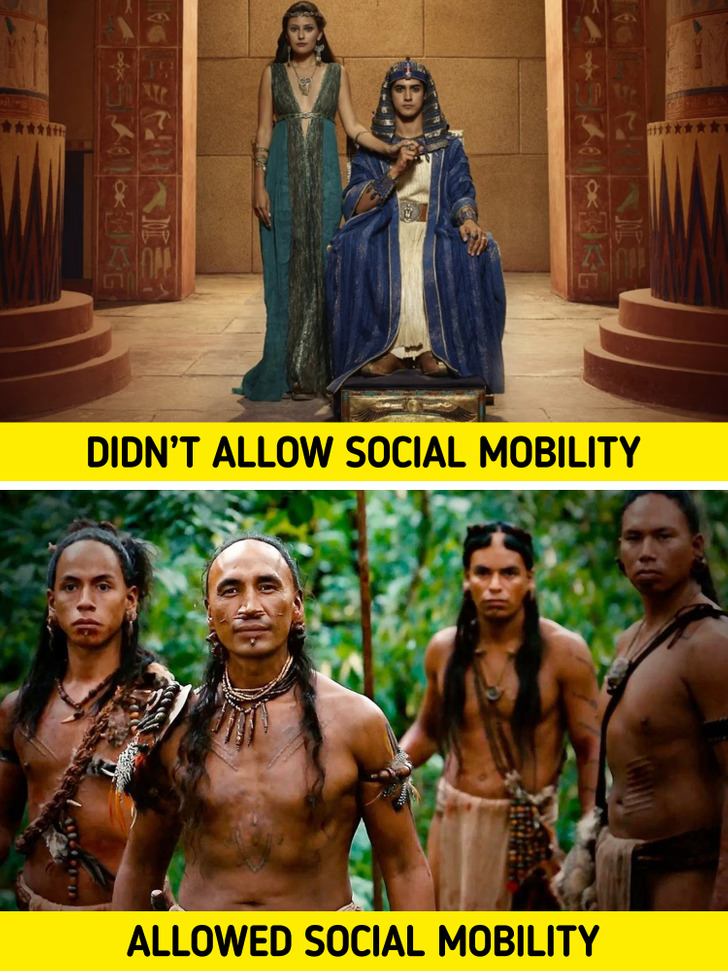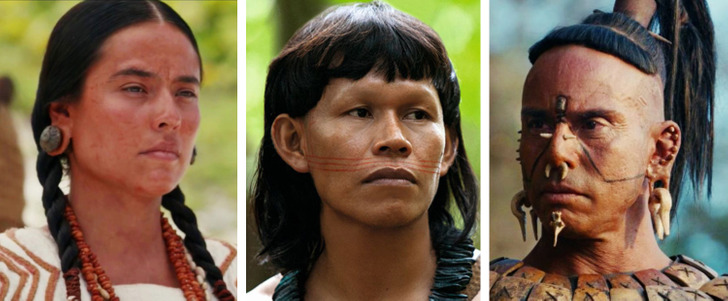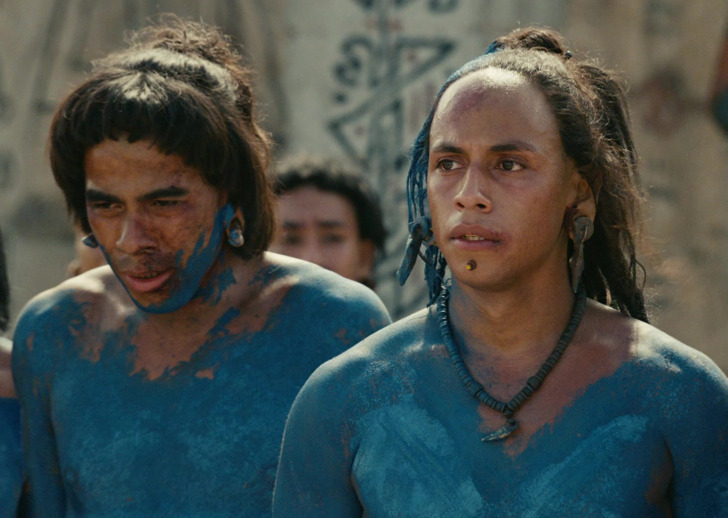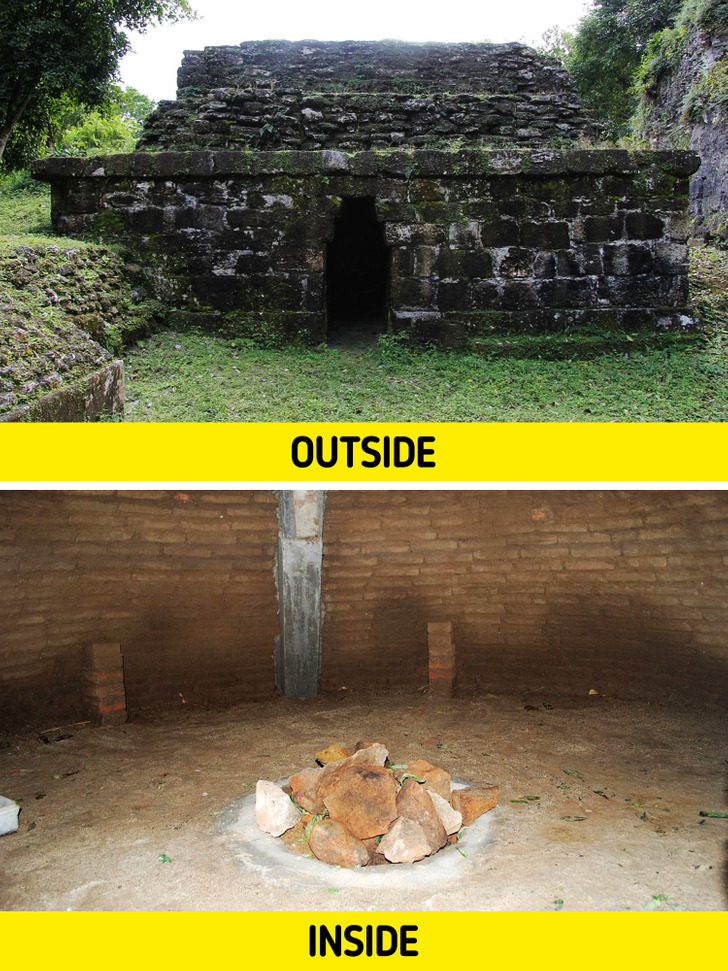their way of life is very interesting but I was also shocked when I learned that they performed human sacrifices even with babies
13 Facts That Prove Aztecs Were Eons Ahead And Leave Historians in Awe
The Aztec civilization stood as a dominant and influential force in the Americas. Far from being a small ethnic group, they established a grand empire adorned with magnificent monuments. This vast domain was governed efficiently through a sophisticated system resembling modern-day governmental structures in many countries. Undeniably, the Mexica, also known as the Aztecs, demonstrated remarkable advancements in various fields, surpassing the achievements of their European counterparts during that era.
1. These two edible products were worth more than gold.
Despite not having an official currency, trade was vital to Aztec society. The established payment system was barter, the exchange of goods. Both corn and cocoa were essential when trading. Corn was the basis of Aztec gastronomy.
Due to its multiple uses and properties, cacao was considered a luxury. It also had the bonus of being easy to transport and count, allowing for pre-established payment prices. For example, a piece of fruit could be “bought” for one cacao seed, while a rabbit would cost about ten seeds and a blanket between 65 and 100 seeds.
2. Hygiene, both personal and public, was very important.
The city streets were swept daily, and the Aztecs also created complex systems for waste disposal. The objective was to pollute their environment as little as possible, especially the water. The Aztecs bathed daily and used natural products such as soap, scrubs, perfumes, and deodorants.
There was a highly developed awareness of the importance of personal hygiene. They also took care of their buccal health. They used a product similar to what we know today as chewing gum to clean their teeth and freshen their breath.
3. They developed complex measurement systems.
It would have been impossible for them to build those great temples, houses, or palaces without having a measurement system to help them accurately calculate each part of their architectural constructions. In addition to creating their mathematical system, they developed different measurement codes.
The most popular is that of time, the Aztec calendar of 365 days, which is very similar to the Gregorian calendar that we use internationally. But they also developed a system of length measurements similar to our metric system, which, when studied in depth by mathematicians, proved to be very accurate, having only, in some cases, small margins of error.
4. Modern languages have inherited many words from the Aztecs.
“Guacamole,” “tomato,” and “avocado” are just some of the most famous Aztec words that we use daily and that come from Nahuatl, the Aztec language. Modern Spanish has an extensive list of words coming from Nahuatl because when conquistadors arrived in Aztec lands, they discovered many new products, especially plants and other edibles. Having never seen them before, they did not know what to call them, so they kept the exact words used by the indigenous people.
5. They had community midwives who provided pregnancy advice to an expecting mother.
In Aztec civilization, tlamatlquiticitl were skilled midwives who provided pregnant women medicinal, emotional, and spiritual care. They visited expectant mothers regularly, offering treatments if needed.
The Florentine Codex contains their advice, such as avoiding frightening or angering sights and refraining from late-night walks to prevent excessive crying in the child. They also cautioned against daytime naps, which were believed to affect the child’s eyelids. Tlamatlquiticitl played a vital role in ensuring the well-being of mothers and infants during pregnancy and childbirth.
6. They read newborns horoscopes.
In the Aztec civilization, newborns underwent a series of carefully orchestrated birth rituals aimed at endowing them with a soul, determining their destiny, and establishing a connection between the child and the gods. These rituals included passing them over a fire, consulting their horoscope, presenting them to the gods, and, in some communities, drawing a bit of the child’s blood.
Like Chinese and Western astrology, the Aztecs believed stars and constellations influenced a person’s character traits and fortune. They utilized a shorter calendar of 260 days for the zodiac signs, with each sign lasting 13 days, resulting in a total of 20 signs.
7. Parents didn’t name their babies.
Joy and celebration preceded a baby’s arrival in Aztec society. But to name this new family member, the parents or the midwife first had to inform the priests exactly when the baby was born. With this information, the priests would consult the Aztec calendar to know under what sign he was born and his future omen.
The priests would name them as they saw fit based on all this information. The baby’s name would be shared publicly a few days later during a ceremony that would take place in the family home, similar to what we know as a baptism. Citlalli, Tenoch, Izel, Zuma and Yaretzi are traditional Aztec names.
8. The social class to which you belonged was made clear.
Aztecs followed a strict protocol regarding clothing, hairstyle, and accessories. These were directly linked to their status or role in society. Peasants wore a loincloth called maxtlatl, while nobles, priests, and high-ranking warriors could also wear the tilma, a rectangular blanket worn differently. Only the higher social classes wore shoes.
Peasant women also wrapped a rectangular blanket called cueitl around their waists. They then fastened it with a rope or belt to make a skirt. Inside their homes, they didn’t cover their breasts, but when they went out, they wore a camisole called a huipil. The nobles were the only ones with the privilege of wearing the quechquemitl, a poncho-like garment that fell down the front and back in a triangular shape.
9. They allowed mobility between social classes.
Aztec society was divided into three large social groups: the pipiltin, who, although not the most powerful, were the most privileged class; the macehualtin, the “common” people of the town, the plebs; and the tlātlācohtin, the poorest social group, made up of criminals, prisoners of war or people who because of their debts were servants.
Interestingly, while in other societies, people were born wealthy or poor and, in many cases, that lasted a lifetime, in Aztec culture, everyone could climb or descend in status. They thought that everything and everyone had their proper place in the universe, and it was a moral duty to find their own, hence the possibility that everyone, by their own merits, could change their social class.
10. Both men and women had plenty of different hairstyles.
Both men and women cared for their hair and adorned it with jewelry, ribbons, or elaborate headdresses. The men mostly wore bangs and shoulder-length hair, while the warriors wore their hair in ponytails or shaved it off, leaving long locks in high ponytails or braided and decorated in different ways.
Women generally had long, loose hair, but they braided it on special occasions. However, the female companions of the warriors could be easily distinguished from the rest since they had shorter hair.
11. Body paint was more than just a “fashion”.
Colors held significant value in the Aztec civilization, and among the most important was blue turquoise, reflecting the hues of water bodies and the daytime sky. Body paint played a crucial role in Aztec society, particularly during battles and among military orders.
For instance, the cuauhchiqueh, a military order, displayed their status with blue paint on one half of their heads and red or yellow on the other. Using vibrant body paint was widespread throughout Mesoamerica and held cultural and symbolic importance for the Aztecs.
12. They had very advanced knowledge of medicine.
The Aztecs are among the pre-Hispanic cultures most noted for their healing techniques, treatments, and extensive knowledge of botany and healing plants. In addition to stopping infections and suturing wounds with hair, they could also heal broken bones with immobilization techniques or extract dental pieces almost painlessly using natural anesthetics.
The effective way the Aztecs treated illnesses and healed wounds attracted the attention of the conquistadors, so much so that they preferred to be treated by indigenous doctors rather than by European doctors.
13. They were forerunners in what we know today as saunas.
The temazcales, a name in the Aztec language that means “sweat house,” were buildings used for steam baths with hot stones, similar to what we know as a sauna. These types of baths were part of the daily routine of personal hygiene.
In addition to maintaining cleanliness, it had medicinal use since it was used to treat different ailments when combined with medicinal herbs. At the same time, they also had religious use. The steam was believed to be like a divine breath that purified both the physical and spiritual body.
Each ethnic group possesses unique traditions and rituals that they proudly embrace. What is your favorite tradition within your own culture?
Comments
Related Reads
14 Actors Whose Real Height Is Starkly Different From How They’re Portrayed in Movies

What 17 Celebrity Couples Who’ve Stood the Test of Time Look Like Now

20+ Behind-the-Scenes Photos That Show What the Movies Hide From Us

20+ Rare Celebrity Photos From the Past We Wish We’d Seen Earlier

What the 10 Most Beautiful Women Looked Like Before They Became Widely Popular

22 Happy Couples Shared Photos Through the Years of Their Relationship

I Refused to Be Humiliated Just Because I’m Poor

12 Weddings That Uncovered Shocking Secrets and Scandals

10 Little Liars Who Believed They Were Clever, Until Life Gave Them a Reality Check

I Excluded My Mom From My Wedding Ceremony to Please My Mother-in-Law

My Ex-MIL Has Been Manipulating My Daughter Ever Since My Wife Died

15 True Stories Stranger Than Any Hollywood Script


